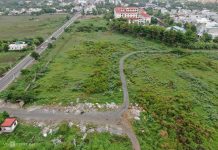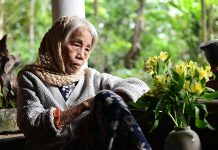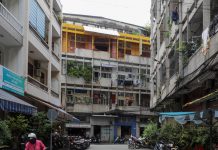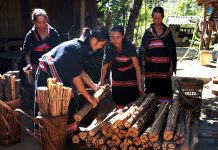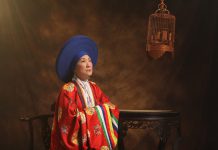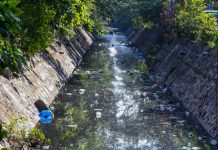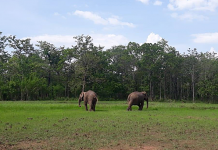
A photograph taken in a traditional soy sauce producing village in Hung Yen Province has been featured on National Geographic’s Instagram account.
The photo, shot from above by Vietnamese photographer Pham Ngoc Thach, shows several columns of earthen jars with lids of different colors, and a woman wearing a conical hat preparing something on a round tray with a green substance in it.
The shot has been applauded by photo editors of one of the world’s most prestigious magazines and was posted last week on NatGeo’s Instagram account, which has 2.5 million followers.
The woman in the photo is preparing materials to make soy sauce, a specialty of Ban Yen Nhan Village in Ban Hamlet, My Hao District, Hung Yen Province, around 30 kilometers from Hanoi.
The village is said to have its own traditional way of making the sauce, passed through generations. The use of rain water or water from a particular bore-well is said to be part of the “secret” behind this sauce, which is now known widely as tuong Ban (Ban soy sauce) or tuong lang Ban (Ban Village soy sauce).
Tuong is a salty paste made from fermented soybeans. It is a popular dipping sauce for vegetables, goi cuon (Vietnamese-style rolls made of pork, prawn, vegetables, rice vermicelli, and other ingredients wrapped in rice paper) and boiled meat. It is also used as a condiment in cooking at home and in restaurants.
The paste, which is generally dark brown in color, is produced by adding the fungus Aspergillus oryzae to roasted soybeans, which are then allowed to naturally ferment in a jar with water until it develops a savory flavor.
March to August is the busiest time of the year for these villagers.



